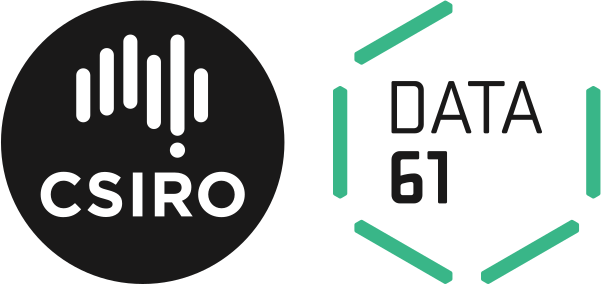hpython
Haskell-based language tools for Python
hpython provides an abstract syntax tree for Python 3.5, along with a parser, printer,
and syntax checker. It also contains optics for working with the AST, and a DSL for writing
Python programs directly in Haskell.
Features
- Formatting-preserving syntax tree
- Parser and printer, with a round-trip law:
print ∘ parse ≡ id - Optics for manipulating the syntax tree
- Indentation, syntax, and scope checking
- The syntax tree is indexed by its level of validation, to distinguish between syntactically valid Python and unvalidated code
- Convenient DSL for building Python programs
Examples
FAQ
Why not just use language-python?
There are two main reasons:
-
We think the print-parse identity is important.
language-pythondiscards lexical information like indentation levels and spacing, which means there is big cost to using it to modify human-written code.hpythonretains formatting information in a way that has minimal impact when using the library. This means that program transformations change as little formatting as possible. -
We want to use types to precisely model the domain.
language-pythonunifies Python 2 and 3 into a single data structure. We disagree with this choice, because Python 2 and 3 have different, non-compatible features. In Haskell terms, they are different datatypes with a large amount of overlap. Our goal is to make this difference visible in the type system without increasing code repetition.There are other minor places where
language-pythonhas made similar concessions, like in the treatment of 'starred expressions' (which are not really expressions at all).
Development Pipeline
- Support other versions of Python while re-using as much common code as possible
- Style configs for the DSL
- Human readable validation errors, with source spans
Contribution
Feel free to file an issue or pull request on Github, or contact us at:
IRC - #qfpl on Freenode Email - <oᴉ˙ldɟb@llǝʞsɐɥ>
